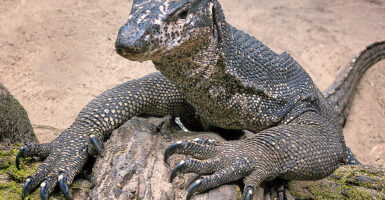These 20 Animals That Were Thought to Be Extinct but Were Rediscovered – Have You Seen Any of Them?
Have you ever stumbled across an old photo of an animal and thought, “Too bad they’re gone forever?” Nature has a way of surprising us, hiding creatures in remote corners of the world only to reveal them when we least expect it. What if some of those animals we mourn aren’t lost to time?
In an era of environmental crisis, these remarkable rediscoveries give us hope for species we thought were gone forever. Here are twenty amazing creatures that pulled off the ultimate disappearing act only to make spectacular comebacks.
Coelacanth, The Living Fossil
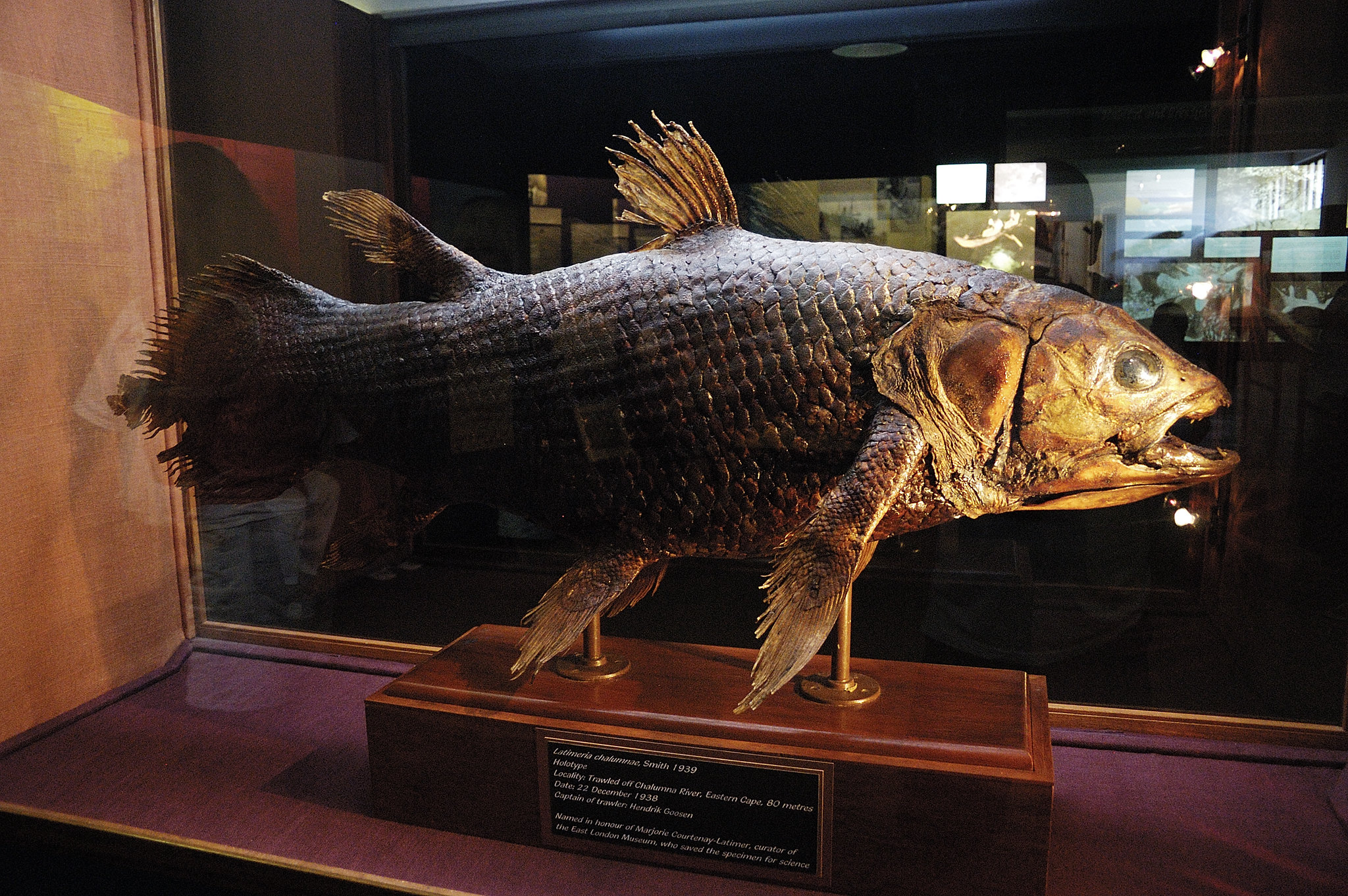
For millions of years, scientists only knew this fish from fossils, declaring it extinct 66 million years ago. Then, a South African museum curator spotted one in a fishing market.
Local fishermen had known about the “big blue fish” all along, considering it too oily to eat. Today, marine biologists joke that it’s the ultimate example of “playing dead” in the animal kingdom.
Lord Howe Island Stick Insect
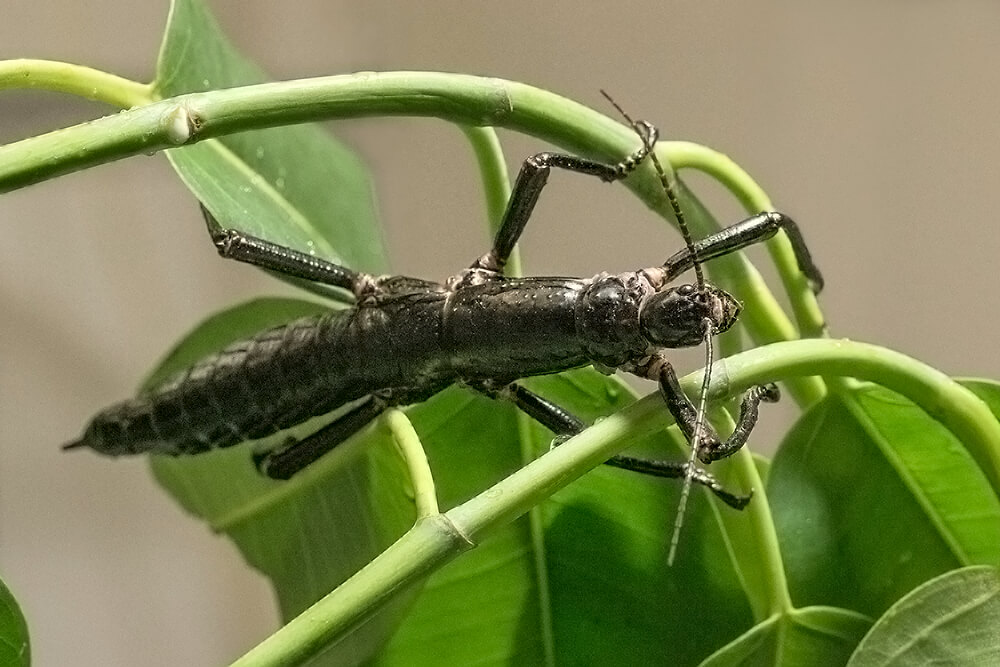
Called “tree lobsters” due to their enormous size, these insects were thought to be extinct after rats invaded their island home. Researchers found 24 survivors living on a single bush atop a remote sea stack.
Now they’re making a comeback, though postal workers still double-check packages from Lord Howe Island.
Like Go2Tutors’s content? Follow us on MSN.
Bermuda Petrel
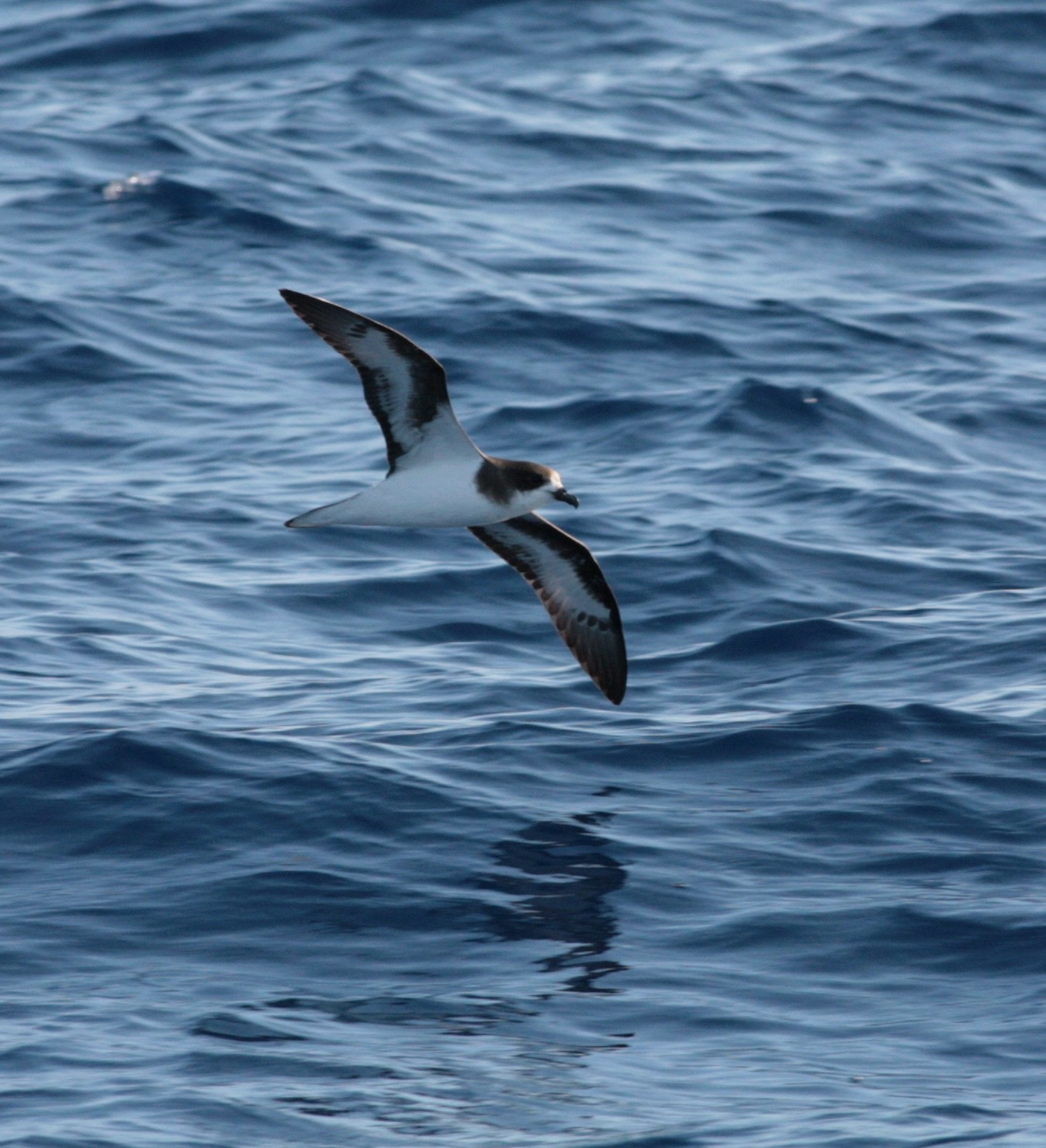
This seabird, known as the Cahow, disappeared for 330 years. When a few pairs were found nesting on offshore islets, it became Bermuda’s version of a phoenix rising.
Local conservationists now guard their nests like celebrity bodyguards, with night-vision goggles and everything.
Gilbert’s Potoroo
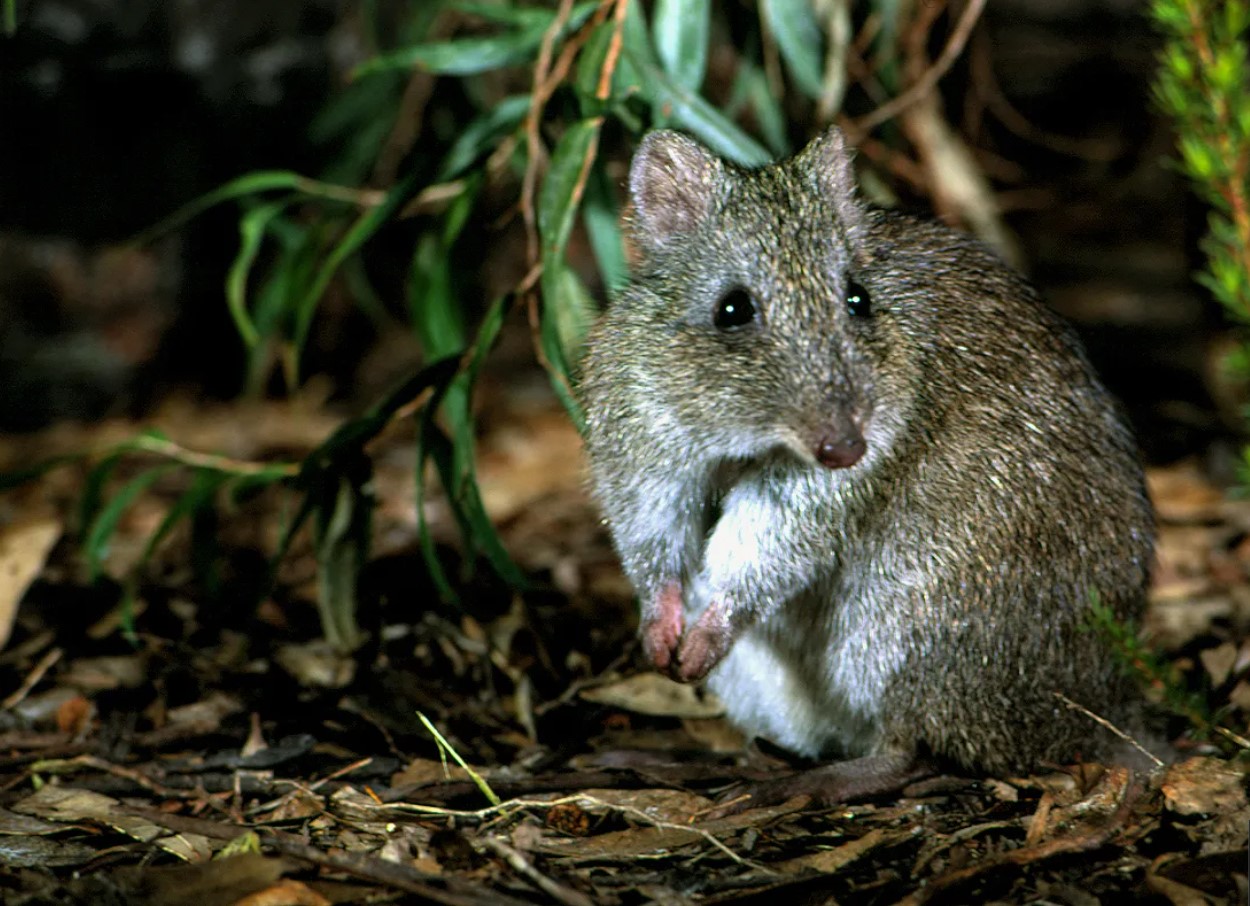
Australia’s rarest marsupial played hide-and-seek for 120 years before being rediscovered in Western Australia. Scientists searching for wallabies instead found this tiny kangaroo relative hopping around like it hadn’t missed a century.
Park rangers now call it the “master of marsupial disguise.”
Takahe

This flightless bird from New Zealand was officially declared extinct in 1898. Then, a doctor found a whole population living in a remote valley.
Local hikers now carry special “Takahe spotting guides” that mostly consist of looking down instead of up.
Like Go2Tutors’s content? Follow us on MSN.
Cuban Solenodon
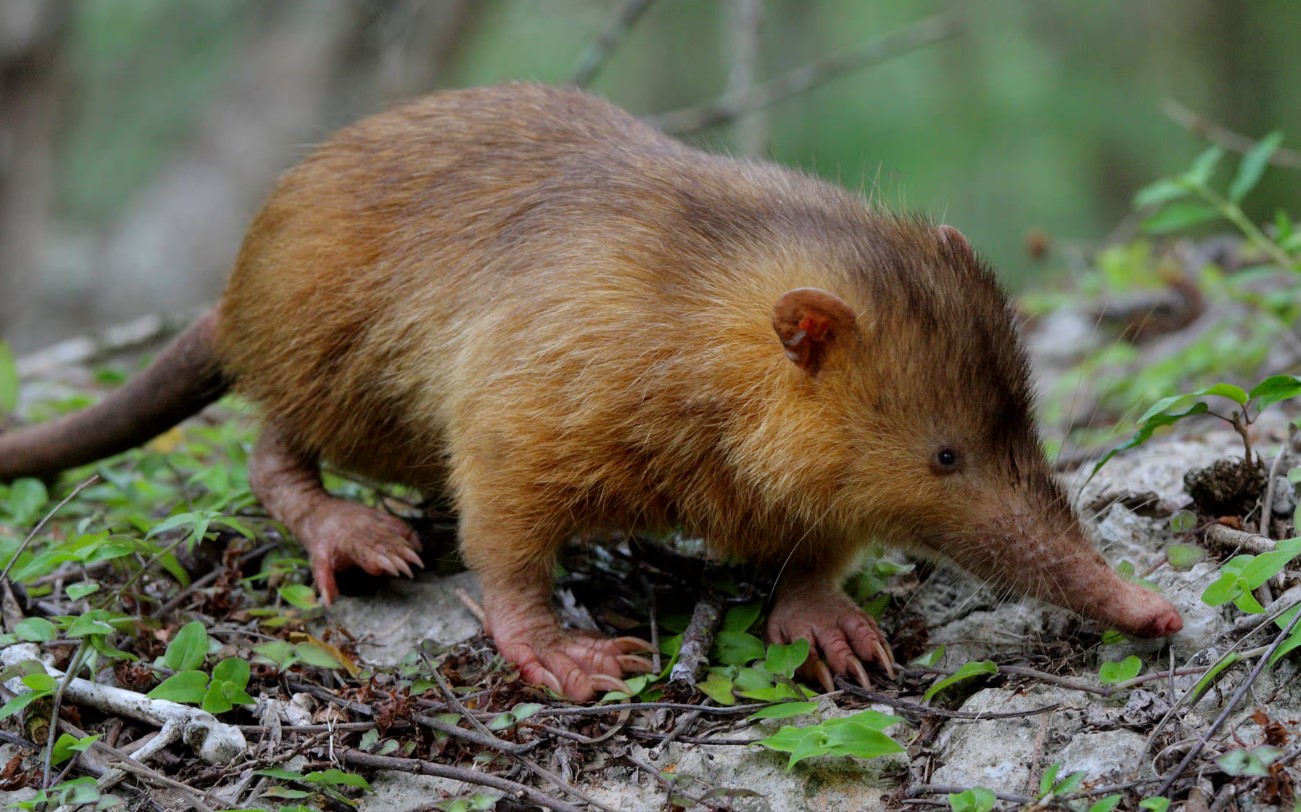
This strange creature, looking like a shrew crossed with a miniature anteater, vanished for 37 years. Researchers found it still shuffling around in Cuba’s remote mountains, proving that some animals just prefer privacy.
Scientists named their rediscovery project “Operation Needle in a Haystack.”
Black-Footed Ferret
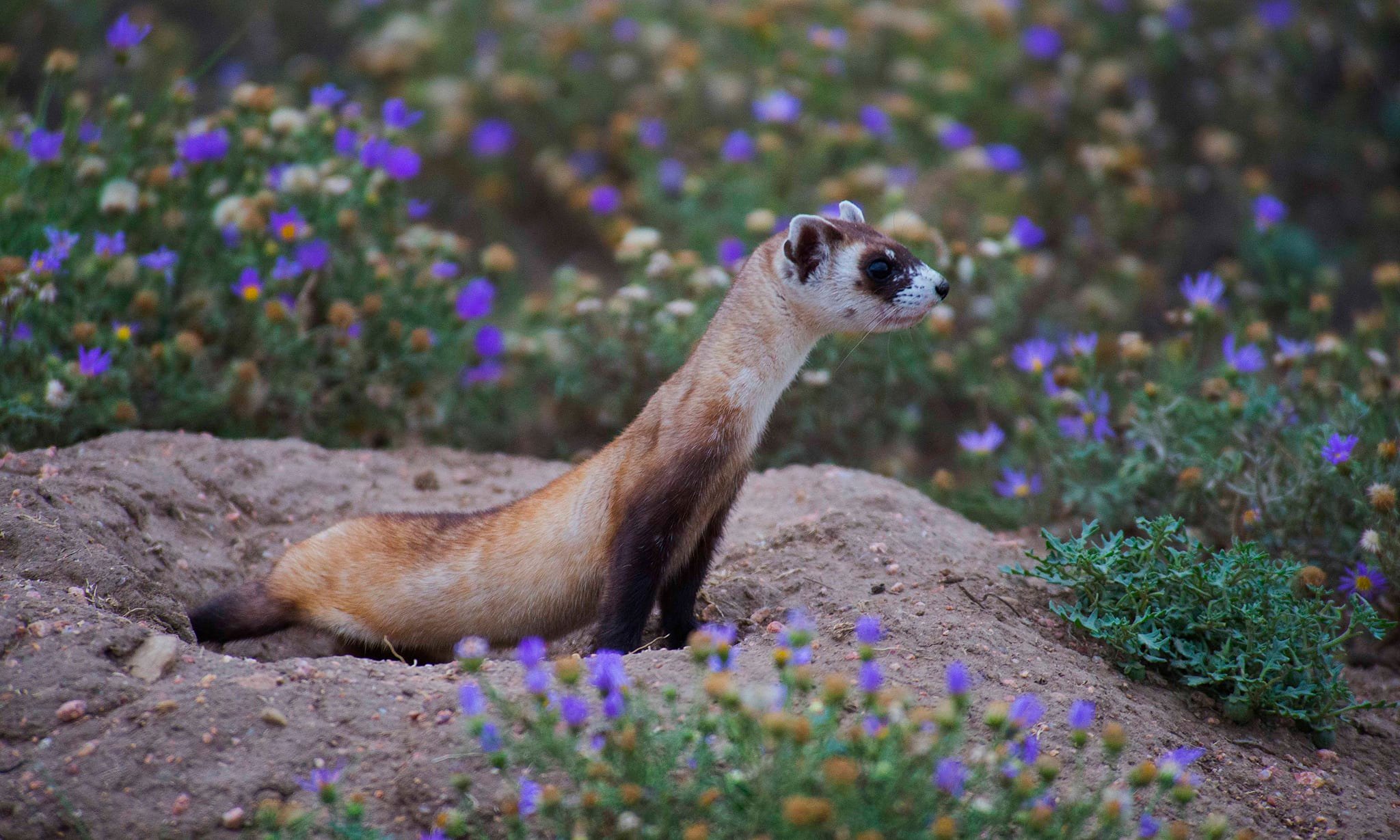
After being declared extinct, a ranch dog in Wyoming brought one home to its owner. This led to the discovery of a small colony, turning a family pet into an accidental wildlife detective.
Local ranchers now brag about having the world’s most valuable prairie dog hunters.
La Palma Giant Lizard

This Canary Islands native was thought to be extinct for 500 years until researchers found a tiny population living on cliff faces. The lizards had been practicing extreme sports all along, scaling vertical walls that kept them safe from predators.
Like Go2Tutors’s content? Follow us on MSN.
Pygmy Tarsier
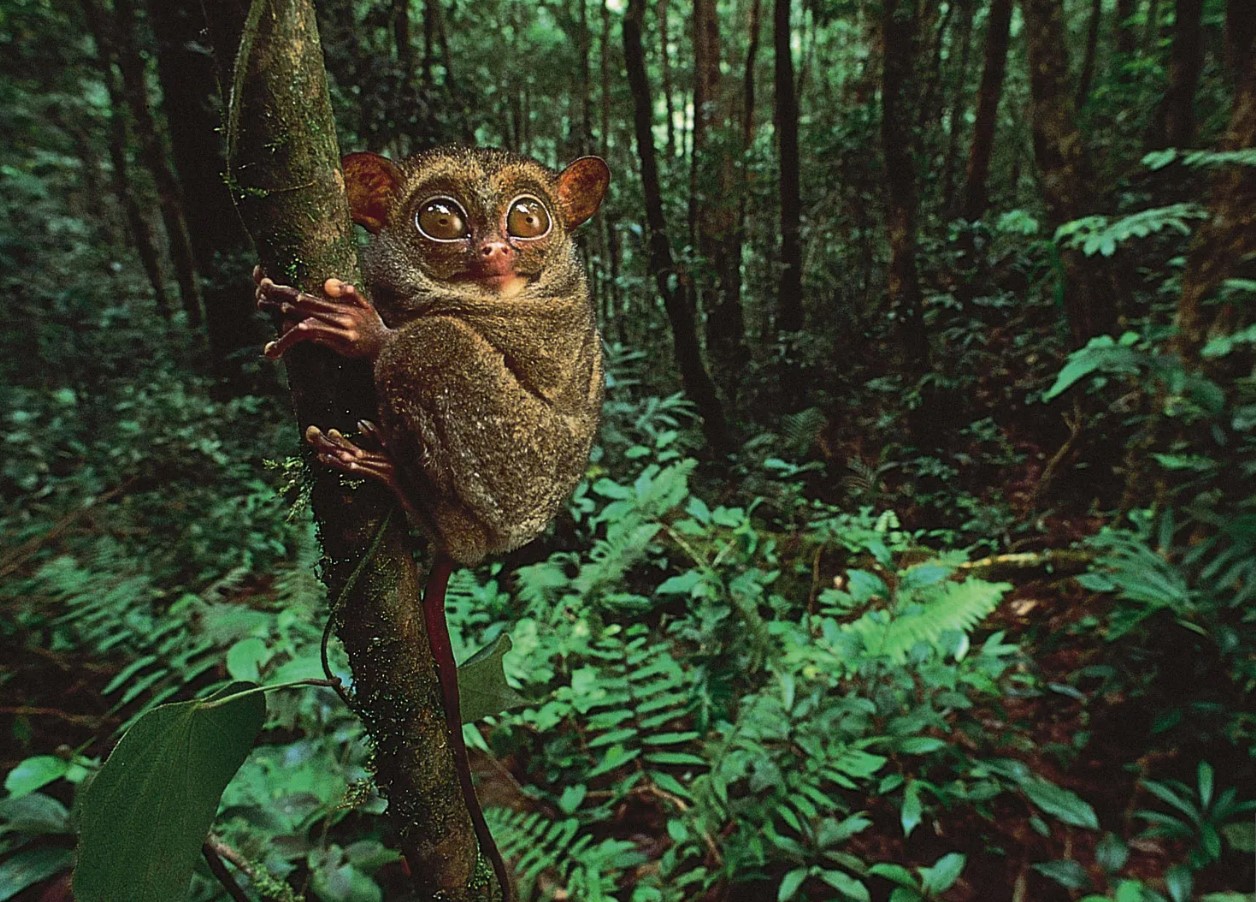
These tiny primates from Indonesia were missing for 80 years before scientists accidentally caught one in a rat trap. The researchers felt so bad about the mishap that they spent the next decade studying these tennis-ball-sized creatures with extra care.
New Holland Mouse
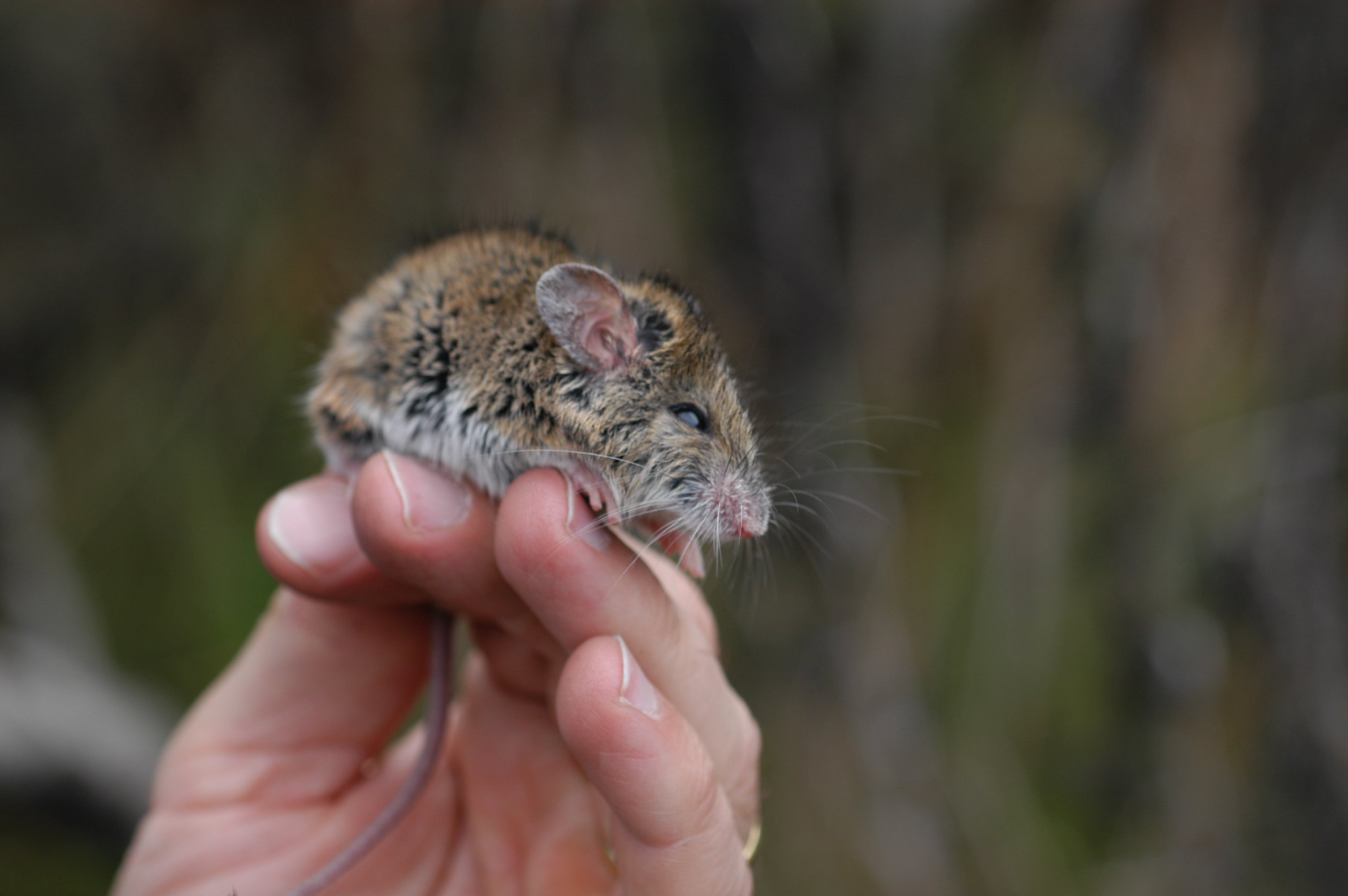
Missing from Australia for a century, this tiny rodent was found living its best life in a national park. Turns out it hadn’t gone extinct – it was just very picky about its real estate choices.
Terror Skink
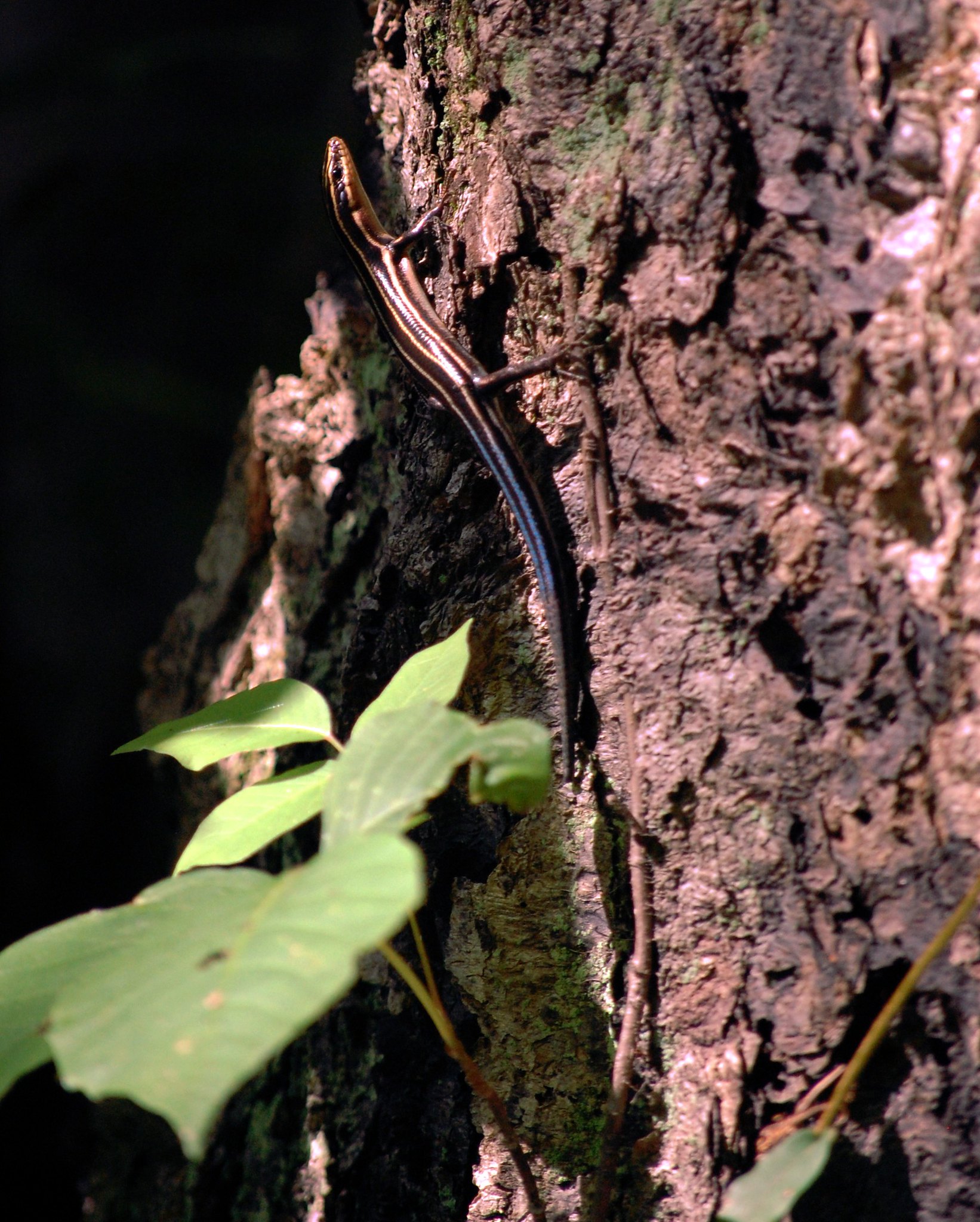
With a name like that, you’d think it would be hard to miss. This New Caledonian lizard reappeared after 130 years, proving that even terrifying names can’t guarantee fame.
Like Go2Tutors’s content? Follow us on MSN.
Bavarian Pine Vole
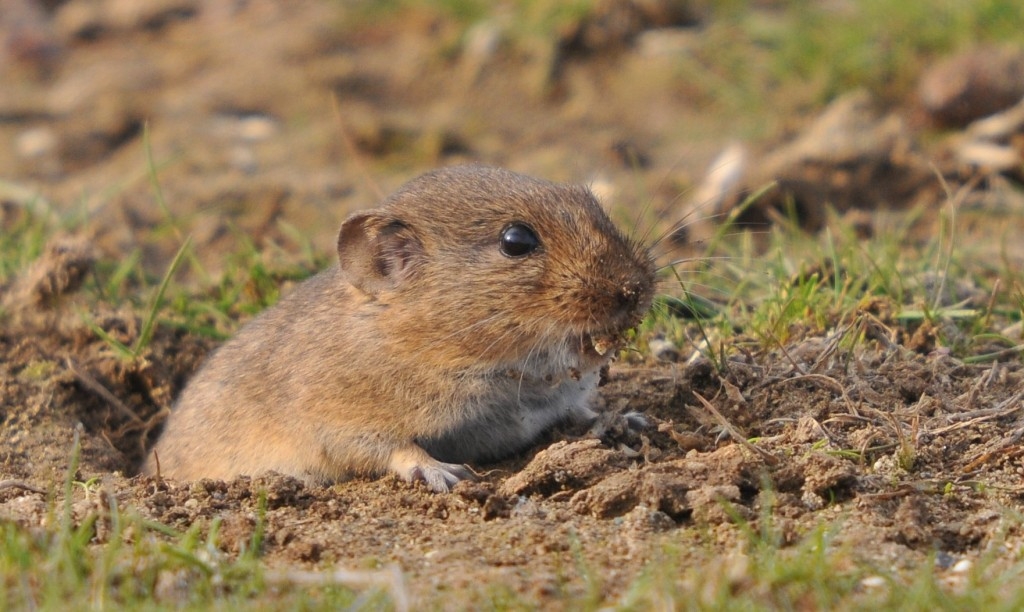
This small European rodent played dead for 40 years before popping up in Austria. Scientists now joke that it was just taking a very long Alpine vacation.
Canterbury Knobbled Weevil
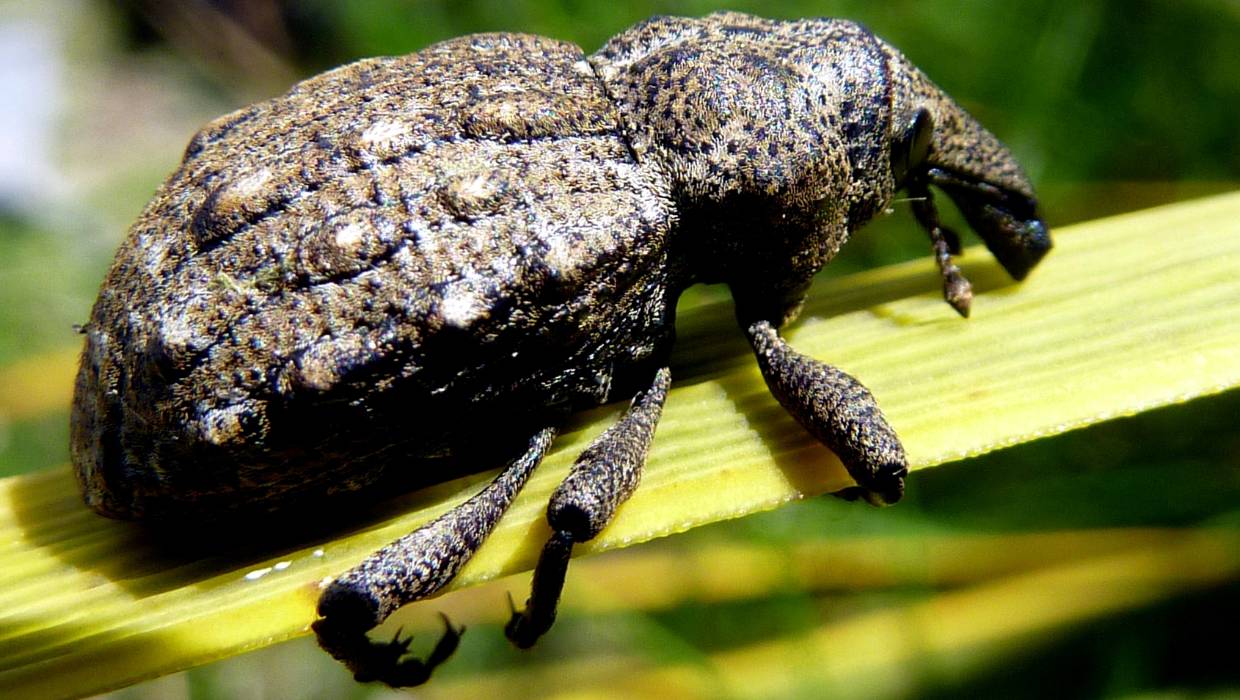
Missing for 83 years, this New Zealand insect was found living on a single plant species. It had developed very specific dietary preferences during its time away.
Melbourne Button

This tiny Australian snail was thought extinct for 50 years until someone stumbled upon it while walking through a park. Urban wildlife experts now remind people to watch their step – you never know what you might rediscover.
Like Go2Tutors’s content? Follow us on MSN.
Las Vegas Valley Leopard Frog
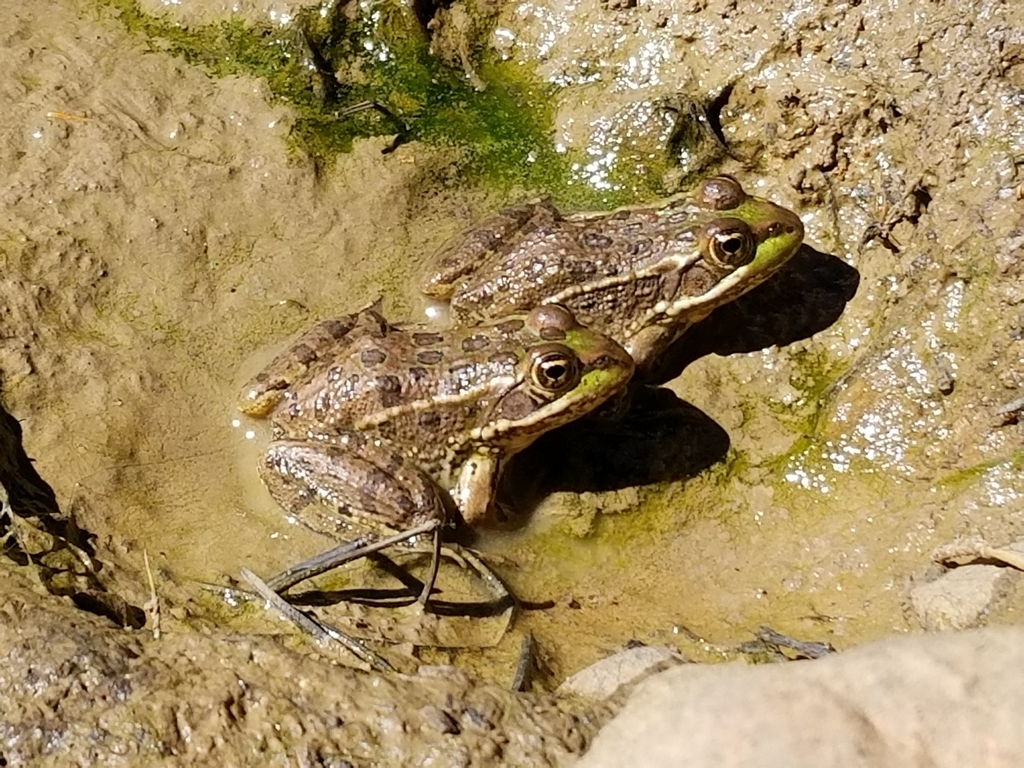
Everyone thought this amphibian had croaked its last croak until researchers found it alive and well in Nevada. Turns out that what happens in Vegas doesn’t always stay in Vegas.
Wallace’s Giant Bee
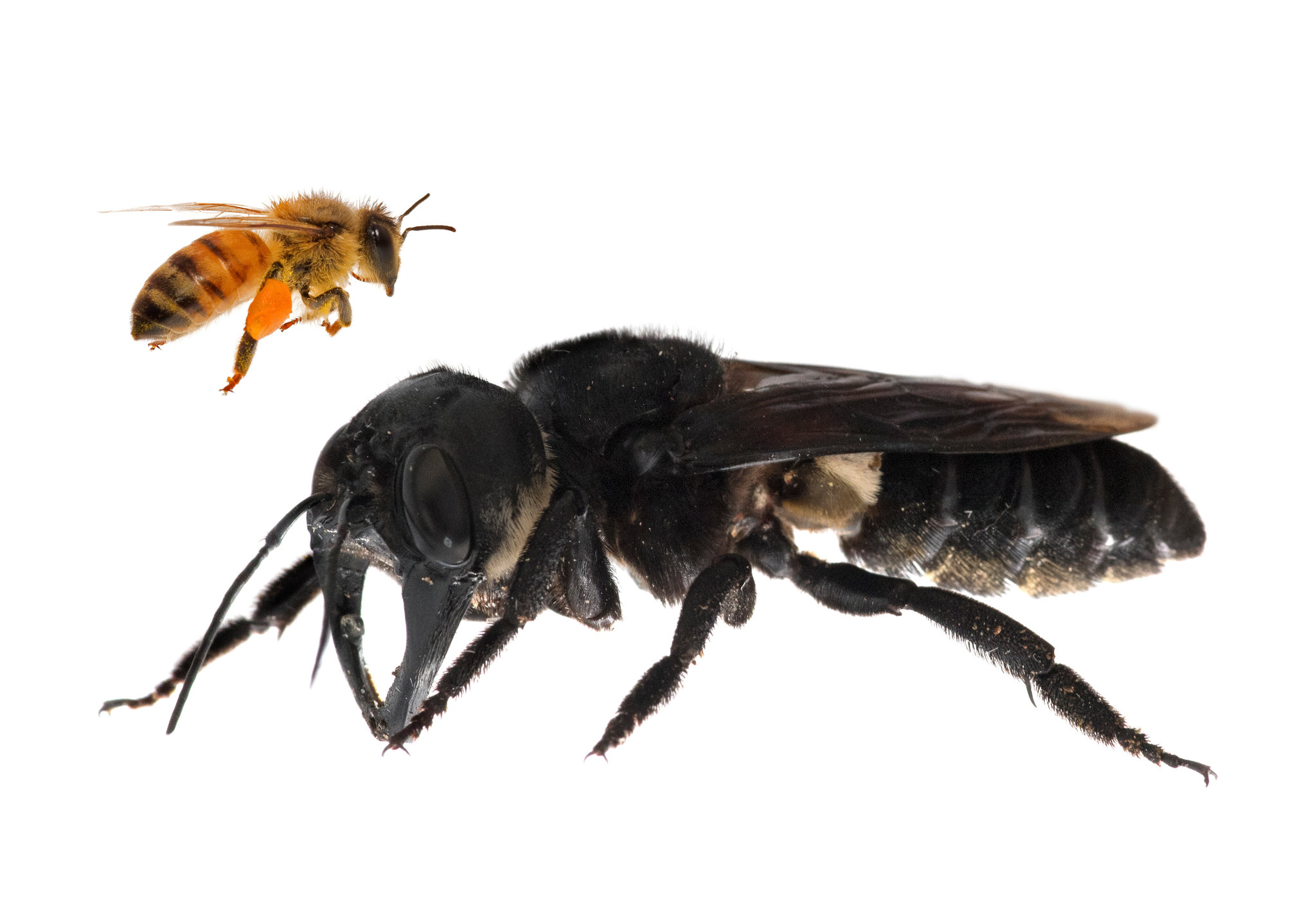
The world’s largest bee, with a wingspan of 2.5 inches, was found after being missing for 38 years. Indonesia’s forests kept this giant secret until photographers proved that sometimes, size doesn’t matter when hiding.
Fernandina Giant Tortoise
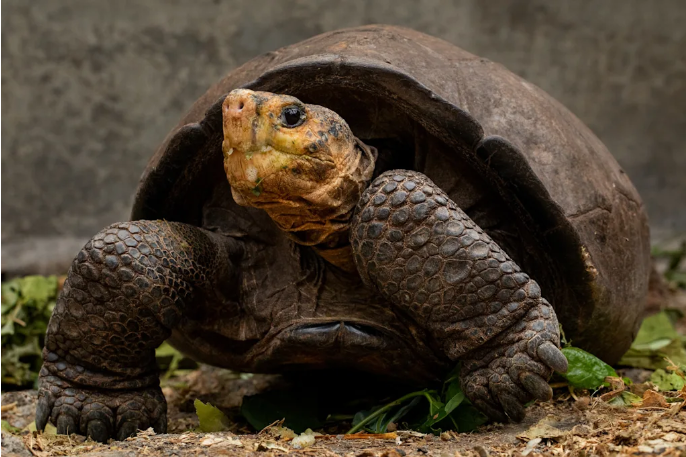
Missing for 113 years, this Galápagos tortoise proved that slow and steady wins the reappearance race. Local guides now include “tortoise hide and seek” in their tour packages.
Like Go2Tutors’s content? Follow us on MSN.
Silver-Backed Chevrotain
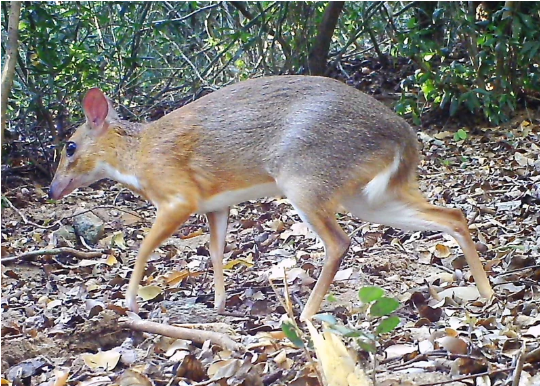
This deer-like creature from Vietnam, nicknamed the mouse-deer, was rediscovered after 30 years. Wildlife photographers had to check their camera traps twice to believe what they’d caught on film.
Korean Fox
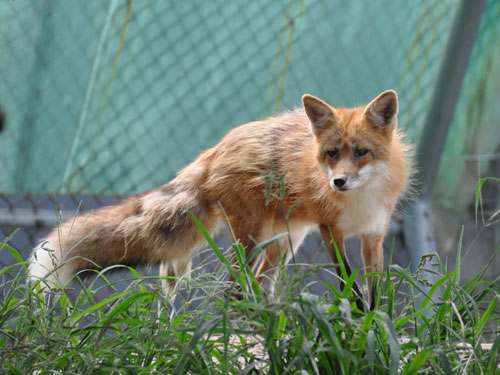
Missing for 100 years, these foxes were found living in the demilitarized zone of Korea. They found the perfect hiding spot where few humans dared to tread.
Sierra Leone Crab
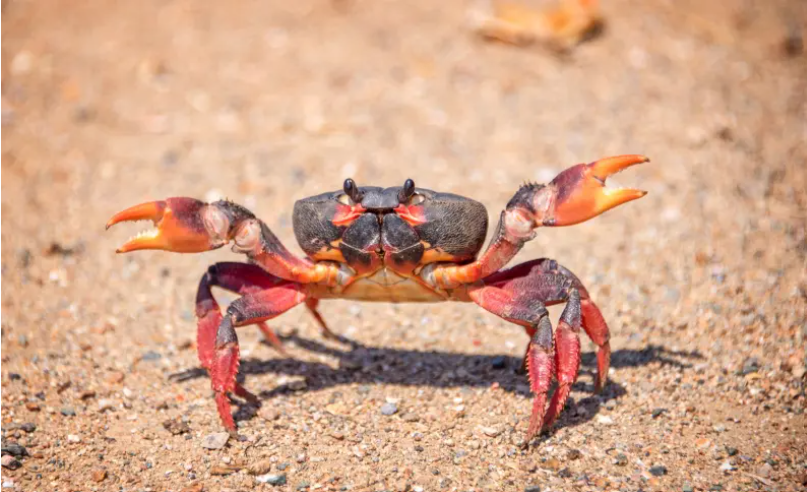
Lost to science for 225 years, this colorful crab was found strutting around a city market. Local sellers had been seeing it all along, proving that sometimes the best hiding spot is in plain sight.
Nature’s Greatest Comebacks
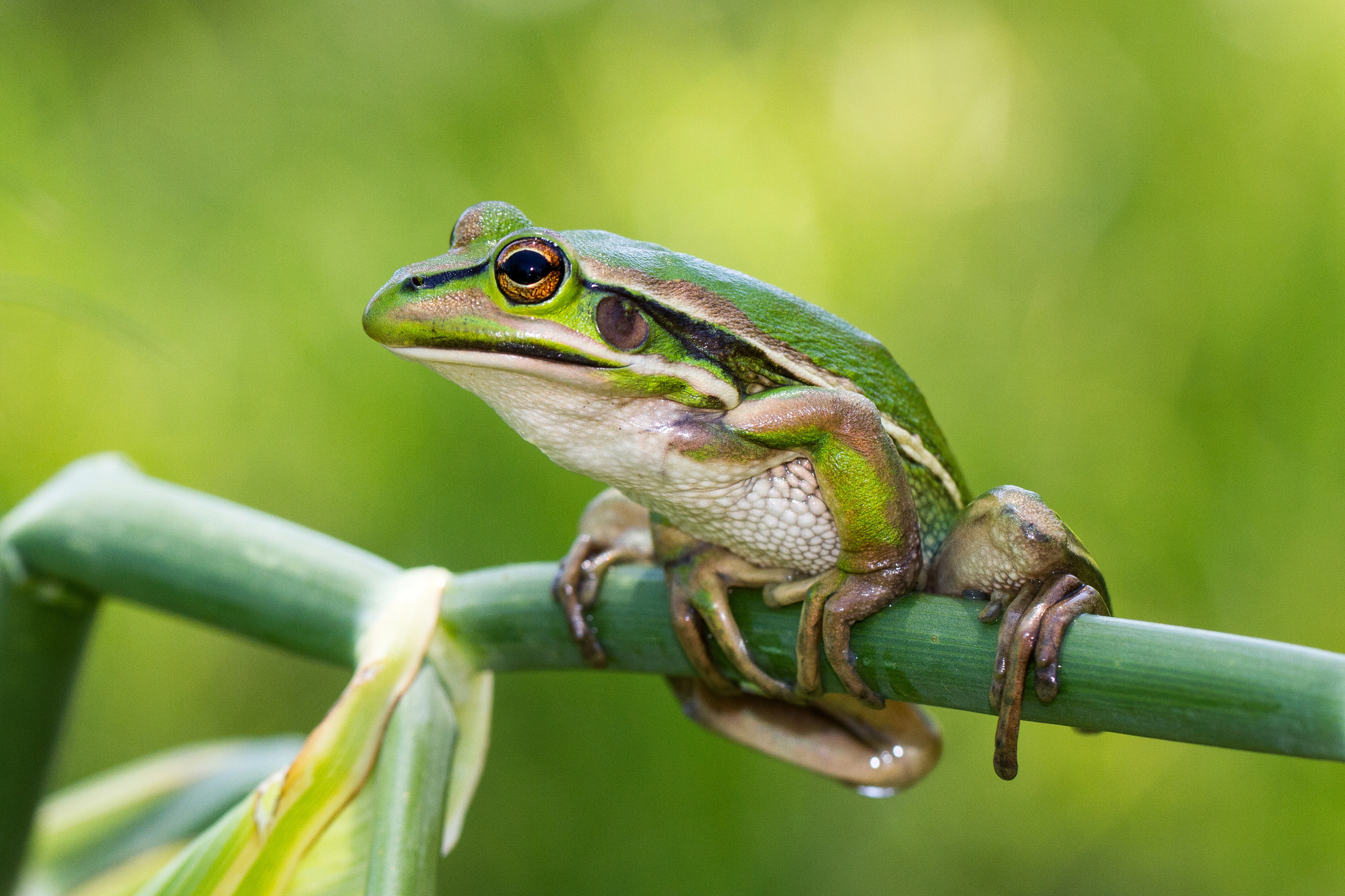
These rediscoveries remind us that extinction isn’t always forever. While we must remain vigilant in protecting endangered species, nature sometimes has surprises in store.
These animals teach us that hope persists even when all seems lost and that sometimes, the best way to find something is to stop looking so hard. They stand as living proof that our planet still holds mysteries waiting to be rediscovered.
More from Go2Tutors!

- Famous Battles: How Much Do You Really Know About U.S. History?
- Top 5 Most Important Skills, According To Harvard Business School
- How Well Do You Know 90s Pop Culture? Take the Quiz
- Master the Art of Public Speaking with These Expert Tips
- Think You Know Capitals? Put Your Knowledge to the Test
Like Go2Tutors’s content? Follow us on MSN.
